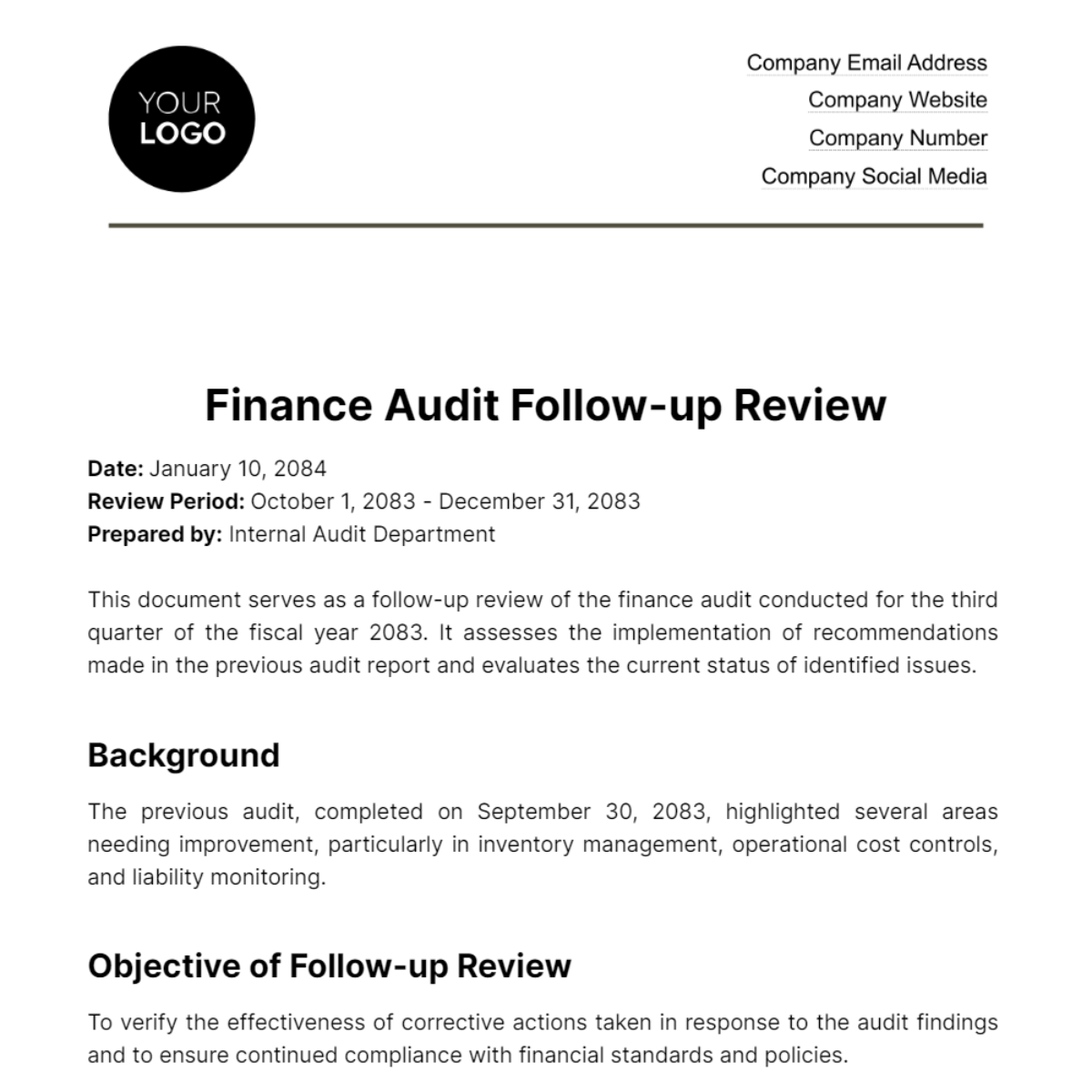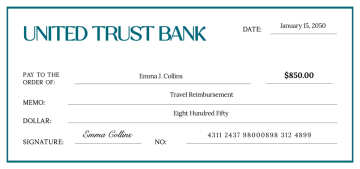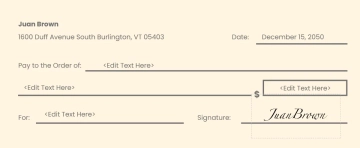Finance Audit Follow-up Review
Date: January 10, 2084
Review Period: October 1, 2083 - December 31, 2083
Prepared by: Internal Audit Department
This document serves as a follow-up review of the finance audit conducted for the third quarter of the fiscal year 2083. It assesses the implementation of recommendations made in the previous audit report and evaluates the current status of identified issues.
Background
The previous audit, completed on September 30, 2083, highlighted several areas needing improvement, particularly in inventory management, operational cost controls, and liability monitoring.
Objective of Follow-up Review
To verify the effectiveness of corrective actions taken in response to the audit findings and to ensure continued compliance with financial standards and policies.
Findings and Status
Area of Concern | Previous Finding | Action Taken | Current Status |
Inventory Management Controls | Inadequate reconciliation processes in inventory management. | Implemented a new inventory management system and trained staff. | Improved accuracy in inventory records observed. Ongoing monitoring is in place. |
Operational Cost Controls | Rising operational expenses without adequate control measures. | Introduced stricter budgetary controls and regular expense reviews. | Operational expenses have shown a downward trend. Further review is scheduled for the next quarter. |
Liability Monitoring | Inefficient monitoring of the increasing liabilities. | Established a dedicated team to oversee liability management. | Enhanced oversight has resulted in a more structured approach to managing liabilities. Continued vigilance is recommended. |
Overall Assessment
The response to the previous audit findings has been proactive and effective. Significant improvements are noted in the areas of inventory management and operational cost control. Liability monitoring has improved, but ongoing attention is required.
Recommendations
Continue the use of the new inventory management system and ensure periodic training for relevant staff.
Maintain the current regime of regular expense reviews to keep operational costs in check.
Keep the liability management team active with monthly reporting to ensure liabilities are managed effectively.
Conclusion
Our organization has shown a commendable commitment to addressing the audit findings. The corrective measures implemented have led to improved financial controls and operations. It is imperative to sustain these efforts and continue regular monitoring to ensure long-term financial stability and compliance.






























